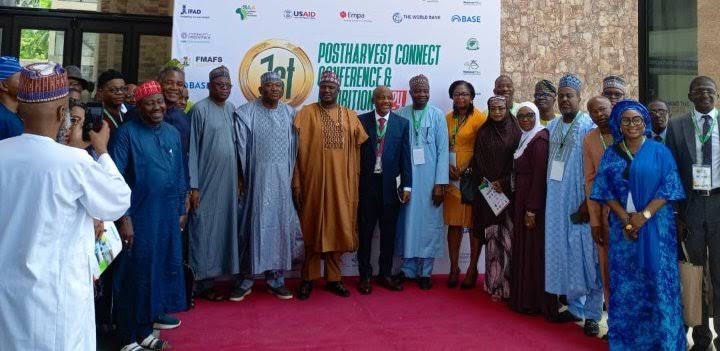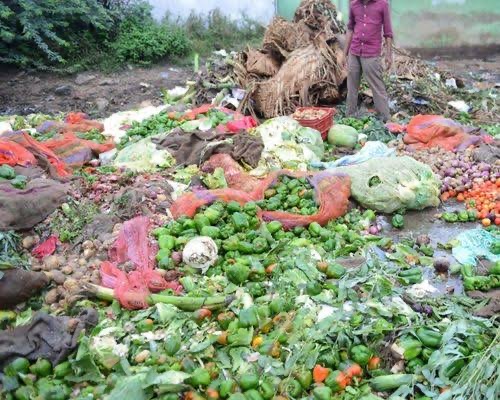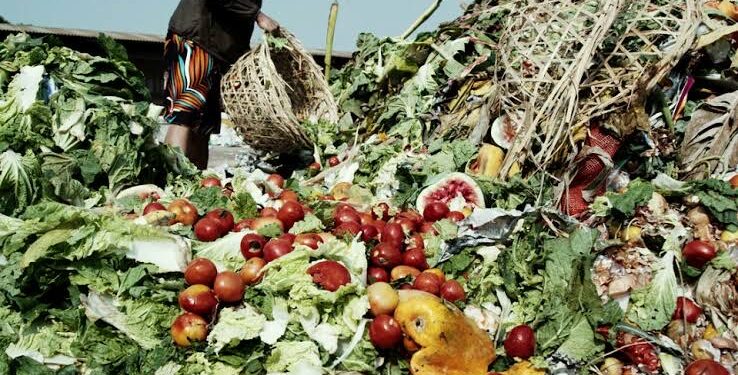According to Journalists, Nigeria’s annual post-harvest losses are estimated at 3.5 trillion naira, more than the entire five-year federal agriculture budget.
Post-harvest losses in Africa’s most populous country are estimated to be three times the 1.13 trillion naira five-year federal budget allocated to agriculture, sparking criticism of the government’s food security policies.
As reported by the Ministry of Agriculture and Food Security, post-harvest losses are between 5 and 20 percent for cereals, 20 percent for fish, and 50 to 60 percent for tubers, fruits, and vegetables.
According to the United States Agency for International Development (USAID), about 50 percent of fresh produce in Nigeria is lost after harvest.
African farmer Mogaji, former head of agribusiness, Lagos Chamber of Commerce and Industry said, “Reducing post-harvest losses will help Nigeria increase its food supply without necessarily increasing its production.”
Mogaji, CEO of Xray Consulting Limited, said, “We are experiencing a worsening food crisis with surging hunger levels, and tackling our huge post-harvest losses is critical in addressing these issues,”

He noted that despite the Federal Government unveiling immediate, short, and long-term plans to increase food supply, there is a lack of development of critical infrastructure to address post-harvest losses and food waste.
“No one is looking at addressing the challenges of transportation and storage, which render most agricultural produce useless,” he noted.
Nigeria’s food supply chain still lacks critical infrastructure such as motorable highways and storage facilities among others, resulting in huge post-harvest losses, lower profits for farmers, and higher production costs, adversely affecting yields.
According to rating firm Agusto and Co, Nigeria needs to spend $3 trillion over 30 years to close its infrastructure gap.
“If we’re able to tackle the high volume of food losses, naturally it would have positive implications for bringing down prices and increasing supply,” said Ololade Enikuomehin, professor of plant pathology at the Federal University of Agriculture, Abeokuta.

He said the federal government needs to support farmers by providing critical infrastructure that helps reduce the alarming rate of post-harvest losses in the country.
“In other climes where post-harvest losses have been reduced, there have been a lot of government interventions through their policy and provisions where farmers don’t have to bother about how to preserve their produce by themselves,” the professor said.
“So, the government policy must enhance making infrastructure available for farmers. The government policy must change to emphasize agriculture in such a way that access to infrastructure reduces post-harvest losses.”
Nigeria is home to more than 200 million people who need a variety of staple foods, from rice and beans to tomatoes and maize. However, despite a population growth rate of 2.6% per year, there is still a demand-supply gap for most staple foods.
The 2017 World Population Projection projects Nigeria’s population to exceed 300 million by 2050.
Nigeria’s growing food deficit is highlighted in the Federal Ministry of Agriculture’s Agricultural Development Policy (2016-2020) document, which shows a shortage of 20.14 million tonnes of crops and 60 million poultry birds.
Abiodun Olorundenro, operations manager at Aquashoots Limited, said, “Currently, we do not grow enough because farmers are still using old techniques, coupled with rising insecurity,”
“If we continue to lose many of the crops already harvested, then our food deficit will continue to increase tremendously,” Olorundenro said.
“Our population is growing very fast and we are yet to increase our productivity. This is even making the few available foods more expensive for consumers,” he added.

































